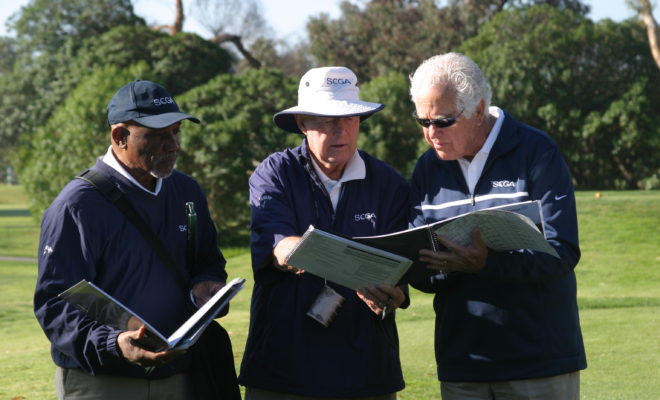


The genus Amoebophrya is part of a diverse, ubiquitous marine alveolate lineage, based on sequences from anonymous environmental clone libraries, yet the group contains few validly described species.
#Sequencher uga code
veneficum and a phylogenetically distinct instance of genetic code modification. Together these clues suggest contingent translation mechanisms in Amoebophyra sp. Overall the transcriptome displayed strong bias for A or U in third codon positions, while the tRNA genome survey showed bias against codons ending in U, particularly for amino acids with two codons ending in either C or U. The dynein heavy chain (DHC) gene family was surveyed and of 14 transcripts only two did not use UAA, UAG, or UGA in a coding context. veneficum showed no evidence for transcript editing aside from mitochondrial transcripts. ex Akashiwo sanguinea had similar results in BLASTx searches. Neither host sequences, nor sequences from the second strain, Amoebophrya sp. However, the sole stop codon appears to be UGA based on conserved genes, suggesting contingent translation of UGA.

When UAA and UAG are translated as glutamine about half of the alignments have better BLASTx scores, and when UGA is translated as tryptophan one fifth have better scores. ex Karlodinium veneficum uses the three typical stop codons (UAA, UAG, and UGA) to encode amino acids. BLASTx using different genetic codes suggests that Amoebophyra sp. Two cultured Amoebophrya strains grown on core dinoflagellate hosts were used for transcriptome sequencing. Afghanistan, Albania, Algeria, American Samoa, Andorra, Angola, Anguilla, Argentina, Armenia, Azerbaijan Republic, Belarus, Benin, Bhutan, Bosnia and Herzegovina, Botswana, Brazil, British Virgin Islands, Burkina Faso, Burundi, Cameroon, Cape Verde Islands, Central African Republic, Chad, Chile, Colombia, Comoros, Congo, Democratic Republic of the, Congo, Republic of the, Cook Islands, Costa Rica, Côte d'Ivoire (Ivory Coast), Djibouti, Dominican Republic, Ecuador, El Salvador, Equatorial Guinea, Eritrea, Ethiopia, Falkland Islands (Islas Malvinas), Fiji, French Polynesia, Gabon Republic, Gambia, Georgia, Ghana, Greenland, Guam, Guatemala, Guinea, Guinea-Bissau, Guyana, Haiti, Honduras, India, Iraq, Jamaica, Kazakhstan, Kenya, Kiribati, Kyrgyzstan, Laos, Lebanon, Lesotho, Liberia, Libya, Macedonia, Madagascar, Malawi, Mali, Marshall Islands, Mauritania, Mauritius, Mayotte, Micronesia, Moldova, Mongolia, Montenegro, Morocco, Mozambique, Namibia, Nauru, Nepal, Netherlands Antilles, New Caledonia, Niger, Nigeria, Niue, Palau, Panama, Papua New Guinea, Peru, Puerto Rico, Russian Federation, Rwanda, Saint Helena, Saint Pierre and Miquelon, Saint Vincent and the Grenadines, San Marino, Senegal, Serbia, Seychelles, Sierra Leone, Solomon Islands, Somalia, Suriname, Svalbard and Jan Mayen, Swaziland, Tajikistan, Tanzania, Togo, Tonga, Trinidad and Tobago, Tunisia, Turkey, Turkmenistan, Tuvalu, Uganda, Ukraine, Uzbekistan, Vanuatu, Vatican City State, Venezuela, Vietnam, Virgin Islands (U.S.Amoebophrya is part of an enigmatic, diverse, and ubiquitous marine alveolate lineage known almost entirely from anonymous environmental sequencing.


 0 kommentar(er)
0 kommentar(er)
